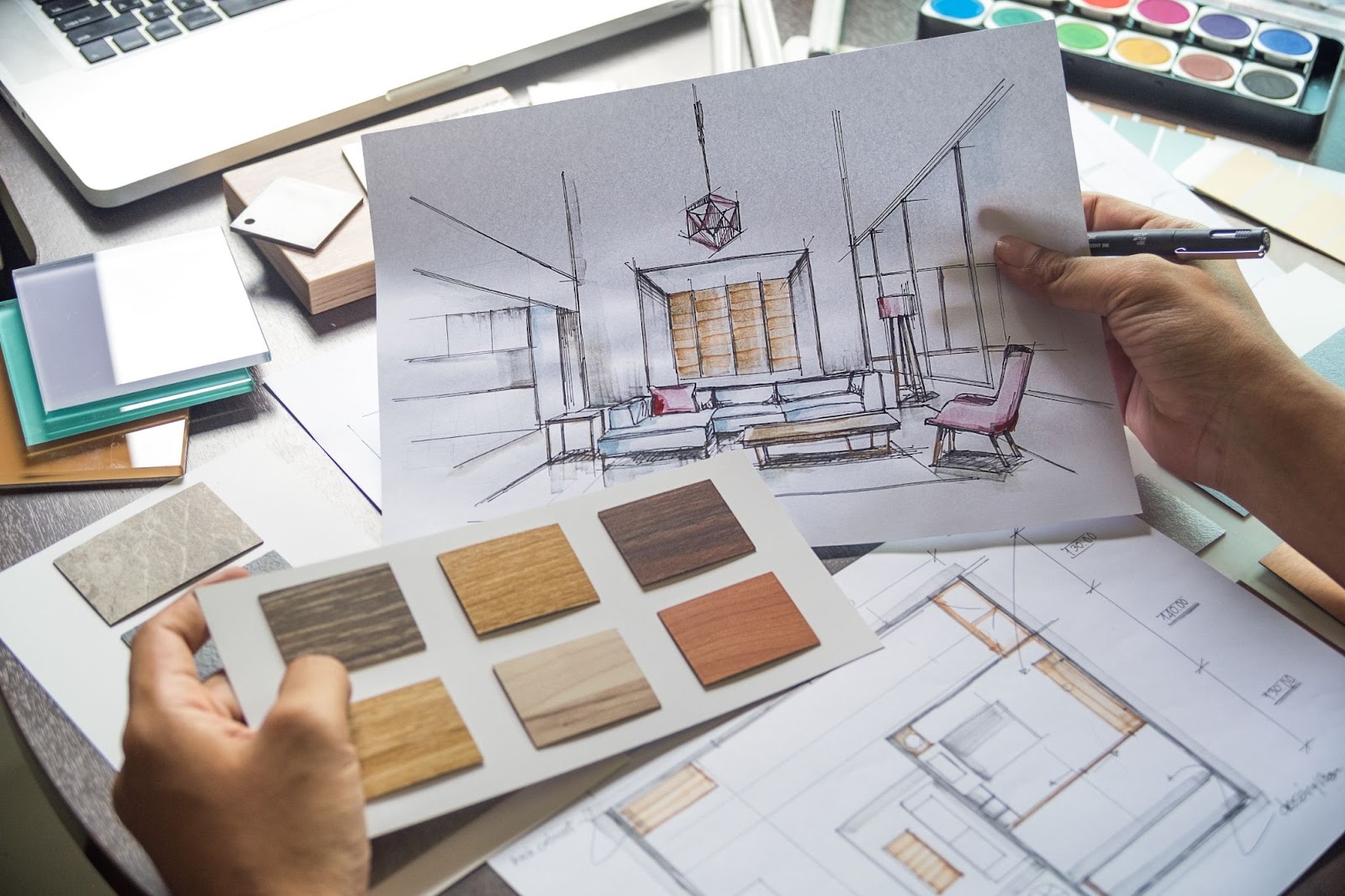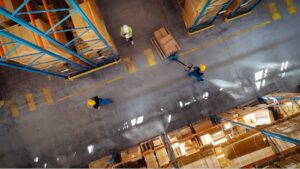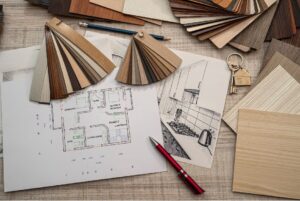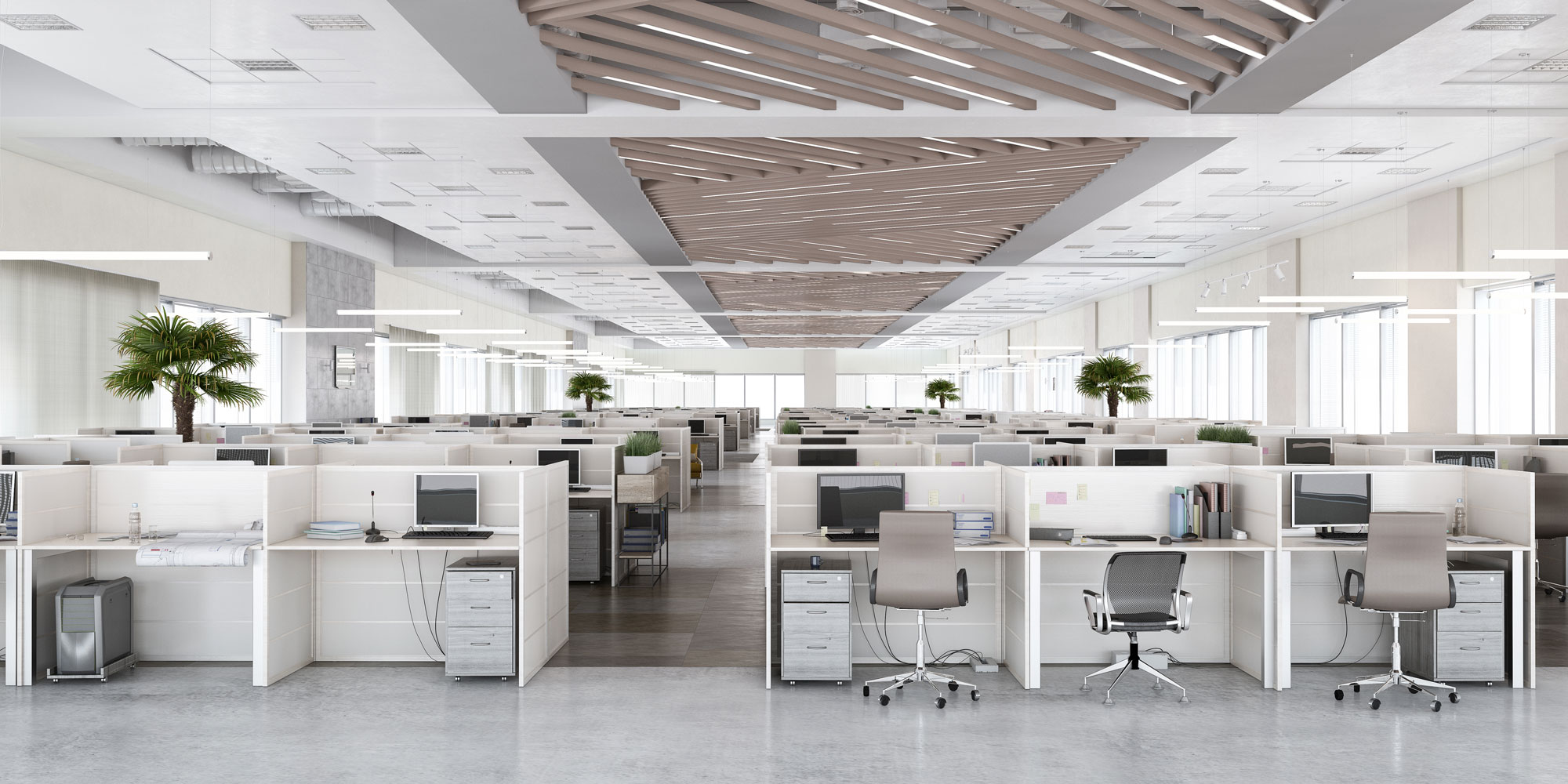Office layouts significantly impact productivity, employee satisfaction, and company culture. However, determining the right time for a workspace redesign can be challenging. This comprehensive guide explores the key indicators that signal it’s time to reconsider your office layout and how a thoughtful redesign can benefit your organization.
Recognizing the Signs Your Office Layout Needs a Refresh
Several clear signals can indicate that your current workspace is hindering rather than supporting your business objectives.
Key indicators it’s time for an office redesign:
- Collaboration barriers between teams that should be working together
- Noticeable decline in employee productivity or engagement
- Inefficient use of available space with underutilized areas
- Lack of appropriate meeting spaces for different team needs
- Insufficient privacy for confidential conversations or focused work
- Technology infrastructure limitations hindering workflow
- Visual outdatedness compared to industry standards
- Feedback from employees expressing workplace frustrations
How Can You Adapt Office Layout to Evolving Work Trends?
Workplace expectations and requirements have transformed dramatically, requiring office designs that accommodate new work patterns.
Modern office layout considerations:
- Hybrid work support with technology-enabled collaboration spaces
- Flexible areas that can be reconfigured for different needs
- Improved acoustics for better video conferencing experiences
- Neighborhoods or zones designed for specific work functions
- Balanced combination of collaborative and focus spaces
- Biophilic design elements enhancing wellbeing and productivity
- Technology integration throughout all workspace areas
- Sustainable materials and energy-efficient systems
Does Business Growth Effect Office Layout Requirements?
Expanding teams and evolving business functions often create pressure points in your existing layout.
Growth-related redesign triggers:
- Increasing headcount that exceeds current capacity
- New departments or functions requiring specialized workspaces
- Changing ratio of collaborative to individual work
- Evolution in your business model or service offerings
- Expansion into new market segments with different workplace needs
- Mergers or acquisitions requiring cultural and operational integration
- Introduction of new technologies requiring dedicated spaces
- Customer-facing requirements that weren’t previously necessary

Is Employee Well-being Influenced By Office Design?
Workplace design significantly influences employee experience, which directly affects talent attraction and retention.
Employee-centered design considerations:
- Ergonomic furnishings that support physical wellbeing
- Access to natural light and outdoor views where possible
- Appropriate acoustic management reducing noise distractions
- Inclusion of relaxation and social spaces for breaks
- Accommodations for diverse working styles and preferences
- Wellness rooms for meditation, nursing, or personal needs
- Indoor air quality improvements through ventilation and materials
- Personalization options within standardized frameworks
How Technology Integration Improves Modern Office Layouts
As technology evolves, office layouts must adapt to support new tools and systems effectively.
Technology-driven redesign factors:
- Updated power and connectivity infrastructure throughout
- Purpose-built video conferencing and virtual collaboration spaces
- Digital wayfinding and room reservation systems
- IoT integration for space utilization monitoring
- Seamless technology experiences between different work areas
- Future-proofing for anticipated technological developments
- Support for BYOD (Bring Your Own Device) environments
- Improved cybersecurity through physical space design
Brand Alignment and Company Culture Through Office Design
How does your office layout reflect your company values and culture?
Your physical workspace makes a powerful statement about your organization’s identity and priorities.
Brand and culture alignment considerations:
- Visual representation of company values through design elements
- Workspace that embodies your desired company culture
- Client-facing areas conveying appropriate brand messaging
- Design that attracts talent aligned with your company vision
- Consistency with your external brand positioning
- Spaces supporting your specific workflows and methodologies
- Environmental responsibility alignment with sustainability goals
- Inclusive design accommodating diverse employee needs
Cost-Benefit Analysis of Office Redesign
What return on investment can you expect from an office redesign?
Understanding the financial implications and benefits helps determine if the time is right for a redesign.
Office redesign ROI factors:
- Potential productivity improvements from optimized workflows
- Space utilization efficiency reducing real estate costs
- Energy efficiency savings through updated systems
- Talent attraction and retention improvements
- Reduced absenteeism through healthier work environments
- Enhanced collaboration driving innovation and results
- Adaptability reducing future modification needs
- Brand value enhancement through impressive client spaces
8 Office Redesign Implementation Best Practices
Planning and executing a redesign requires careful management to maintain business continuity.
Successful implementation strategies:
- Phased approach allowing continuous operations during changes
- Employee involvement in the planning and design process
- Clear communication about timeline and expected impacts
- Temporary work arrangements during construction phases
- Professional project management expertise
- Thorough testing of new layouts before full implementation
- Comprehensive training on new space utilization
- Post-occupancy evaluation to address any issues
Why Partner with Workplace Solution Experts?
Expert guidance can significantly improve redesign outcomes while reducing costs and disruption.
Benefits of professional office design services:
- Expertise in current workplace best practices and trends
- Space utilization analysis identifying efficiency opportunities
- Objective assessment of your current and future needs
- Access to innovative design and furnishing solutions
- Project management reducing internal resource requirements
- Vendor relationships potentially reducing costs
- Experience navigating building codes and regulations
- Change management support for employee transition
Making the Decision to Redesign
Determining the right time to redesign your office layout requires careful consideration of multiple factors including business growth, employee needs, technology requirements, and financial implications. By recognizing the signs that your current space no longer serves your needs, you can make an informed decision about investing in a workplace transformation.BMS Commercial Services offers comprehensive workplace solutions to help you assess your current environment, identify improvement opportunities, and implement effective redesigns that support your business objectives. With our extensive experience in office space planning and implementation, we can guide you through every step of the process while minimizing disruption to your operations.





